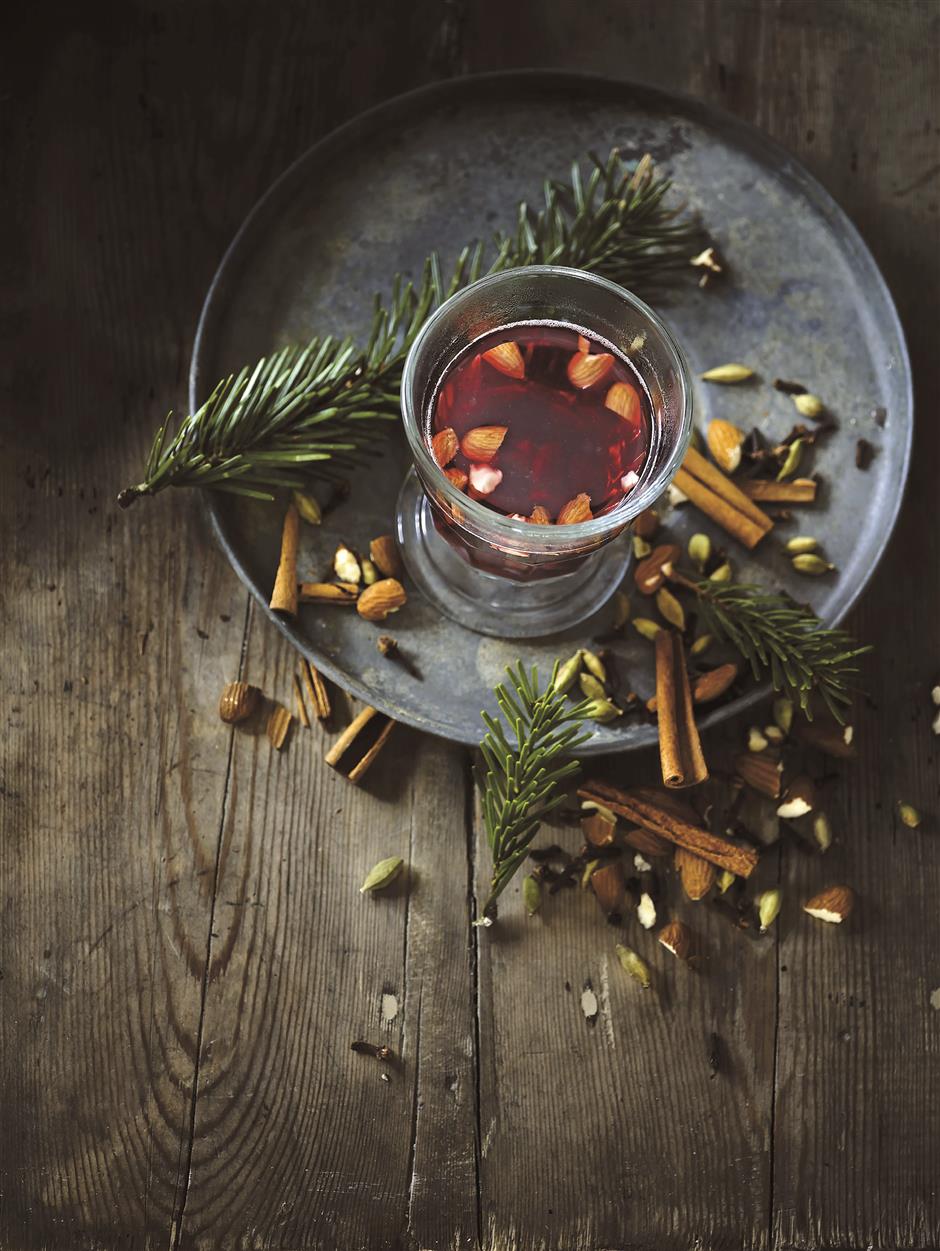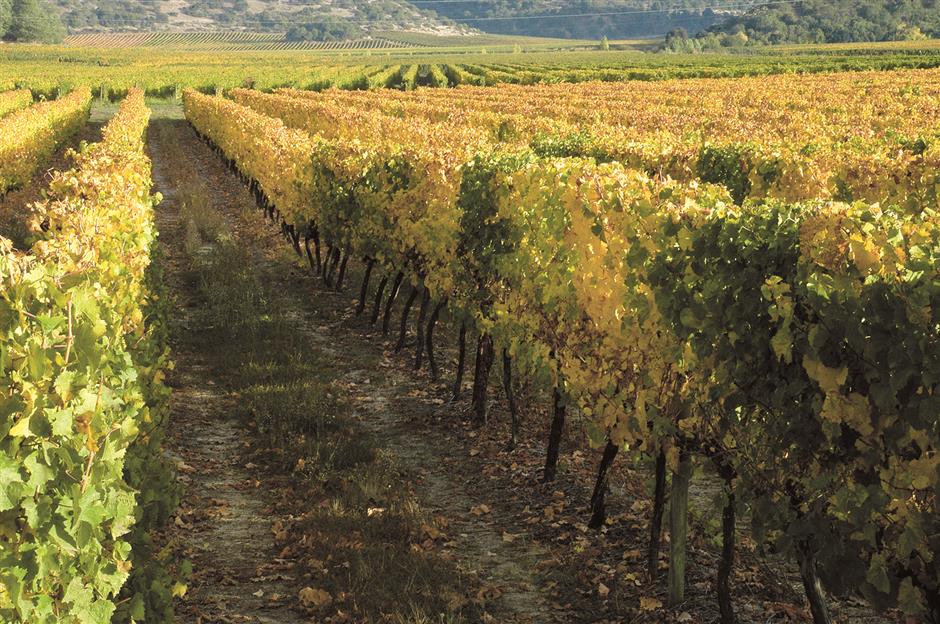Hot Chile secret

Freezing temperatures and soaring holiday spirits make this the perfect time for a hot tipple. In the modern English vernacular, hot can have several meanings. For your holiday beverage of choice this means you can savor a warm wine cocktail or enjoy a wine that’s presently quite popular. Let’s start with the former.
Warm wines
Modern wine aficionados rightly frown on serving red wines too hot. As a rule, red wines should be served no warmer than 18 degrees Celsius, so the idea of heating up a quality wine is abhorrent to many.
But there’s a tradition that’s particularly popular in northern Europe of heating spiced red wines. These chill-killing drinks come in various styles and many names including mulled wines, gluhwien, glogg and bisschopswijn.
The Romans were great fans of mulled wines adding cloves, nutmeg and cinnamon to their rather harsh wines.
The spices not only contributed flavors to hide the flaws of the wine but also acted as preservatives when the wines were transported to the far reaches of the Roman Empire.
In the decades after the birth of Christ, the conquering Romans brought spiced wines with them to northern Europe and the locals took quite a liking to them.
Today, different parts of Europe have their own unique mulled wine recipes but in general the drink usually includes citrus fruit, cinnamon, nutmeg, fennel, star anise, cloves and ginger.
These fruits and spices are boiled in a sugar syrup then the red wine is added and the mixture is heated again. The result is a body warming drink that people tend to love or hate. I occasionally like a mulled wine but my hot wines this holiday season will qualify as such because of their growing popularity, not temperature.
Carmenere
When introducing the furtive Carmenere grape I often like to quote Winston Churchill. In an October 1, 1939 BBC broadcast while speaking of the Soviet Union, he said: “It is a riddle wrapped in a mystery inside an enigma.” Yes, that’s Carmenere.
The variety originated in Bordeaux where until the mid to late 19th century it was one of the six noble red wine grapes used to make many of the world’s greatest red wines.
The downfall of this variety started with the devastating Phylloxera plague in 1867 that progressively destroyed vines throughout Europe.
Truth be told, most Bordeaux winemakers were more than happy to say goodbye to the difficult to cultivate Carmenere so when they replanted with American rootstock they did so with the five other varieties.
Save for a few lonely legacy vines the glory days of Carmenere in Bordeaux were over and the variety seemed destined to join a growing list of extinct varieties.
Then something funny happened.
In 1994, Jean-Michel Boursiquot of Montpellier’s school of Oenology was visiting vineyards in Chile.
As an ampelographer, his work is to identify and distinguish the origins and species of vines and grapes.
Boursiquot discovered that half of Chilean vines believed to be Merlot were in fact Carmenere.
This late ripening grape that was so troublesome in Bordeaux had serendipitously found a new home in the foothills of the towering Andes where hot, dry and sunny days and cool evenings proved to be ideal for Carmenere. Chile had found an adopted variety that it could rightly call its own. But not all embraced this rediscovered variety.
Just like mulled wines, there exists little middle ground when it comes to Carmenere. It is either love at first taste, or hate.
Proponents cite the uniqueness of the variety and its status as Chile’s special grape.
Well-made Carmenere wines exhibit intriguing aromas and flavors of ripe red and black fruit, chocolate, bell pepper and tobacco with gentle tannins. Depending on the use of oak, the wines range from toasty and creamy to spicy and smoky.
Many of the better Carmenere wines also have a pleasant gamy quality.
Detractors doubt the potential of Carmenere to ever make great wines and feel Chilean winemakers should concentrate on more established noble red varieties like Cabernet Sauvignon and Merlot.
It’s true that winemakers who don’t allow the extra time needed for the Carmenere grape to fully ripen make wines that tend to be narrow, insipid and have an unpleasant vegetal character.
Personally, I’m increasingly a Carmenere fan. While I’ve yet to taste a truly great Carmenere wine I have been fortunate to taste many very good ones. These wines attract me with their gamy, leather, smoky qualities along with their smooth and silky textures. I also find them very visually alluring.
The name Carmenere comes from the French word for crimson and indeed most wines made from this variety have a beautiful deep crimson red color often with purple and black tones.
I encourage wine lovers in Shanghai who are looking for something different this holiday season to give Carmenere a chance.

Sun-drenched Carmenere vines in Maipo Valley
Buying and serving tips
I recently tasted several Carmenere wines that showcase the upside potential for premium Carmenere wines. My favorite was the Chocalan Gran Reserva ORIGEN Carmenere from the Maipo Valley where many of the best Carmeneres are made.
The wine is broodingly thick, rich and gamy wine featuring aromas and flavors of black berries, cherries and cloves.
In addition to Chocalan, other top producers are Errazuriz, Montgras, Montes, Con Sur and quality budget producer Inspira. Consistent weather patterns and use of irrigation mean vintages are remarkably consistent. Finally, to keep their natural funky qualities in check, I recommend serving these wines slightly chilled or about 16 degrees Celsius.















